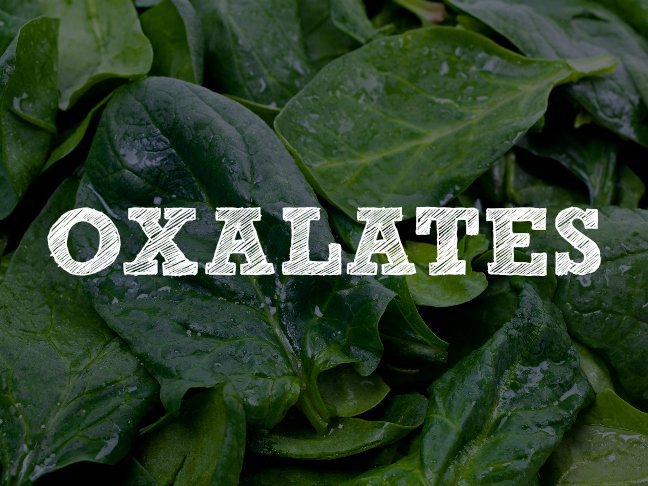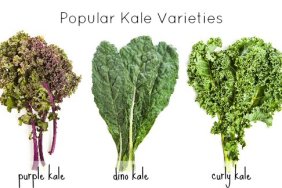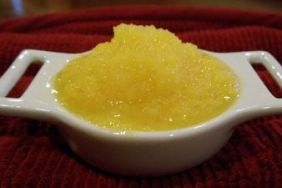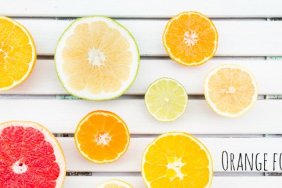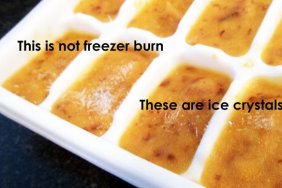Oxalates and Baby Food – Will Baby Food from Spinach, Rhubarb and Strawberries that contain Oxalates harm my baby?
In our April 2008 newsletter, we included a recipe for very peary berry rhubarb. One visitor emailed to ask us why we would include rhubarb in our recipe; she thought that rhubarb is an oxalate containing food and can be harmful to infant. She also mentioned that rhubarb is sour and wondered that it might need to be cooked with sugar.
While oxalates do occur in rhubarb, rhubarb is not the sole carrier of oxalates. Oxalates also occur in spinach, leeks, strawberries and many more fruits and veggies. See our list below for more information. As for cooking rhubarb with sugar, when rhubarb is mixed with a fruit or a combination of fruits, the sour taste is masked. Believe it or not, many babies love sour foods. Your baby may be one of them. Using sugar in baby food is not a good option and you should avoid it when preparing baby food/meals and consider one of these sugar substitutes instead.
Let’s hear the facts on rhubarb and oxalates.
Oxalates are naturally occuring in our bodies and we also ingest oxalates from several foods that we consume. Rhubarb in particular contains oxalic acid however the highest amount of oxalate in rhubarb occurs in the leaves. There are very low instances of oxalates in the stalk of the rhubarb; the stalk is the part that is eaten. Many scientists actually believe that the stalk contains zero levels of oxalic acids and if there are crystals to be found, they are the result of plant metabolism.
Oxalates bind with calcium and iron and cause these to crystalize and thus, the body cannot properly utilise the calcium and iron. It is important to note that studies show that the oxalate will only hinder the calcium or iron found in the food that itself contains the oxalate. If one eats a high calcium food such as cheese, alongside a food that contains both calcium and oxalates, then the calcium from the cheese is not negated.
Health Canada notes that “Rhubarb (Rheum rhaponticum) is a perennial cultivated plant that persists around old farm sites. The plant contains oxalate crystals, which have been reported to cause poisoning when large quantities of raw or cooked leaves are ingested.
Anthraquinones (glycosides) have been implicated more recently in the poisoning. The stalks are widely used as preserves and are also eaten raw, without problems. The toxic content is much lower in the stalks. Humans have been poisoned after ingesting the leaves. Human poisoning was a particular problem in World War I, when the leaves were recommended as a food source in Britain.”
Oxalates occur in the following foods (courtesy of Whole Foods):
Fruits blackberries, blueberries, raspberries, strawberries, currants, kiwifruit, concord (purple) grapes, figs, tangerines, and plums
Vegetables spinach, swiss chard, beet greens, collards, okra, parsley, and leeks are among the most oxlate-dense vegetables – celery, green beans, rutabagas, and summer squash would be considered moderately dense in oxalates
Nuts and seeds almonds, cashews, and peanuts
Legumes soybeans, tofu and other soy products
Grains wheat bran and germ
Other cocoa, chocolate, and black tea
Foods containing oxalates are safe as long as one does not over eat them on a daily basis. In the case of rhubarb, you should not eat the leaves and the stalks should bee stewed, boiled or steamed prior to serving an infant or child. A few bites of cooked, pureed rhubarb stalk mixed with other fruits in a puree will not harm your infant. It would be highly irresponsible to publish a recipe that would cause harm to an infant.
For adults, eating a diet rich in oxalate containing foods may lead to kidney stones.
As always, consult your pediatrician whenever you have concerns about feeding your baby.
Learn More At:
- Whole Foods – Oxalates
- Plant Poisoning – Oxalates
- Rhubarb Poison Information
- Family Practice Notebook – Oxalates – has many other links as well
